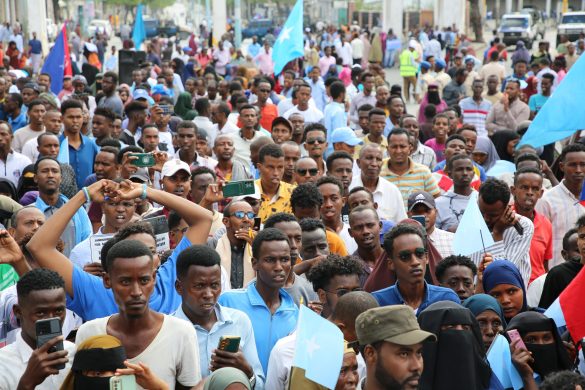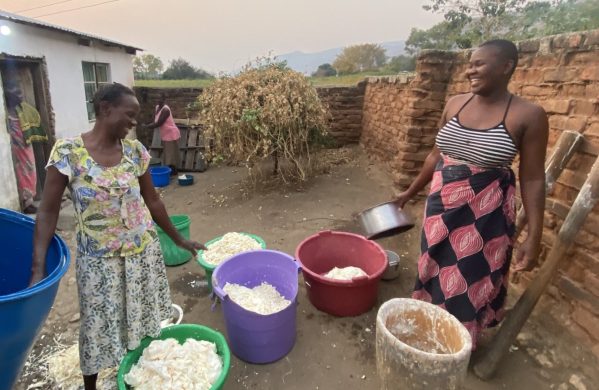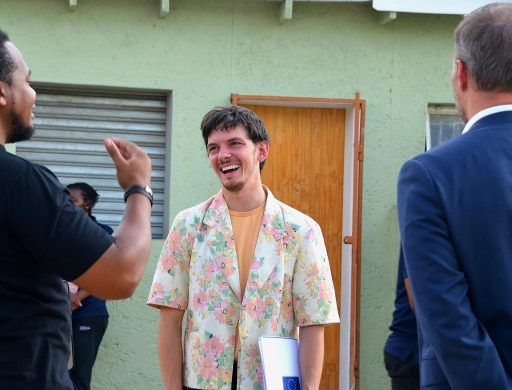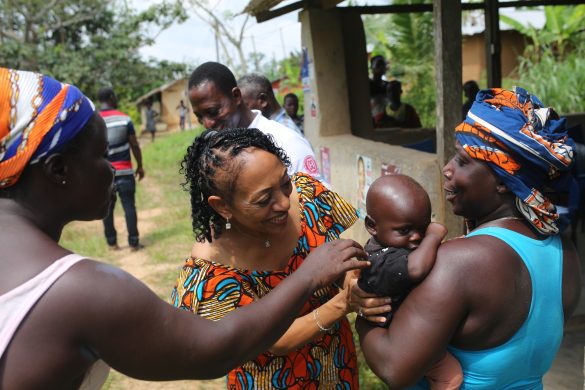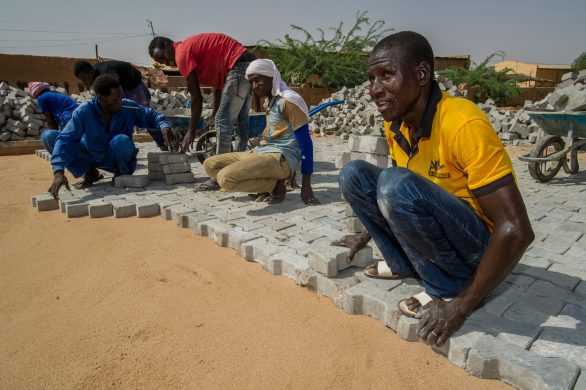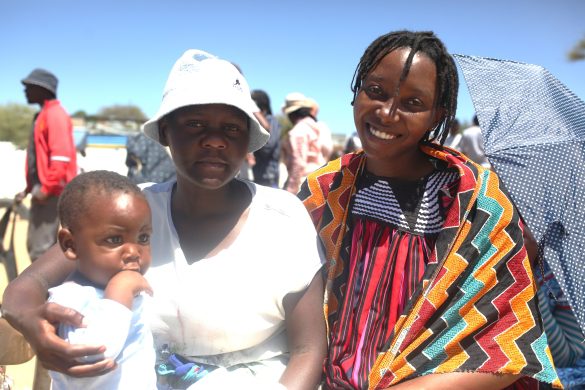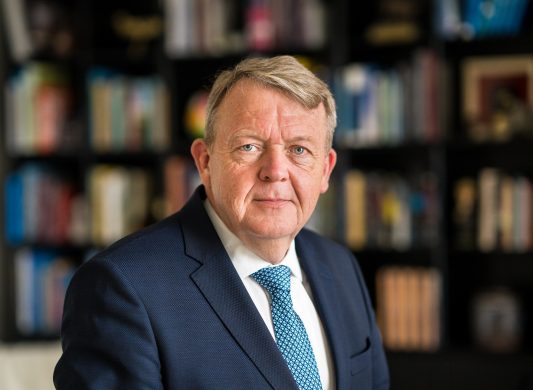West African environment ministers, who met at the United Nations cultural agency in Paris, have called on the New Partnership for Africas Development (NEPAD) to use six major nature reserves in the region as sustainable development sites to generate incomes and help fight poverty.
– Concerned by the ongoing environmental degradation and the concomitant increasing poverty across the African continent, we are committed to promoting the use of biosphere reserves as operational sites for sustainable development in the fight against poverty and in implementing the action plan of the Environment Initiative of NEPAD, the ministers said.
They launched a four-year project in January, sponsored by the UN Educational, Scientific and Cultural Organization (UNESCO) and the UN Environment Programme (UNEP), to improve management of the reserves. In the UNESCO-designated biosphere reserves, communities try to reconcile conservation with sustainable use of natural resources
– Biosphere reserves constitute perfect field laboratories for implementing the environmental objectives of NEPAD and the (2002) World Summit for Sustainable Development,” said UNESCO Director-General Koichiro Matsuura.
The project will compile an inventory of the reserves plants and animals, while building scientific and administrative institutions to manage the environmental impact of such economic activities as agriculture, hunting, fishing and animal rearing.
Communities neighbouring the reserves will develop new means of income-generation, such as eco-tourism, UNESCO said.
The areas chosen include Pendjari Biosphere Reserve in Benin, ringed by 30 villages, Mare aux Hippopotames Biosphere Reserve wetlands in Burkina Faso, and the Comoe Biosphere Reserve in Cote dIvoire, with about 210 people living in its core area.
Also included are Boucle de Baoule in Mali, fringed by dense forest with many dependent ethnic groups nearby, Niokolo-Koba Biosphere Reserve in Senegal, as well as the million-hectare “W” Region Biosphere Reserve in Benin, Burkina Faso and Niger.
The project, with a budget of more than 6 million dollars, is partly financed by the Global Environment Facility and UNESCOs AfriMAB network, which comprises 63 biosphere reserves, designated between 1976 and 2003 in 29 African countries.
Kilde: FNs Nyhedstjeneste





